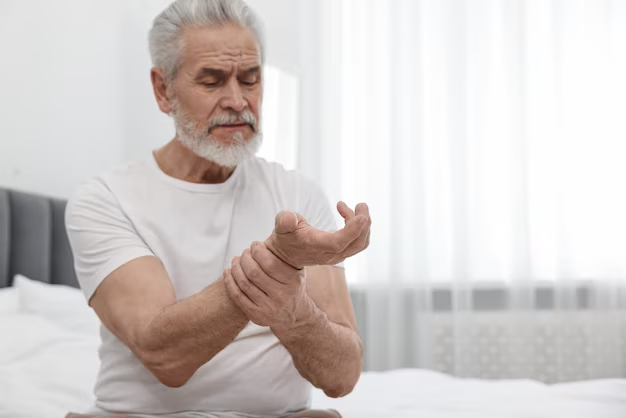Want to Know How to Get Tested for Osteoporosis? Here’s Your Guide
Osteoporosis is often called the "silent disease" because it can progress without symptoms until a fracture occurs. To assess your bone health and take preventive measures, it's crucial to get tested. So, how do you do it?
Understanding Osteoporosis Testing
Bone mineral density (BMD) tests are the most effective way to diagnose osteoporosis. The most common test is a dual-energy X-ray absorptiometry (DEXA or DXA) scan, which measures bone density in the hip and spine. This non-invasive, quick procedure provides crucial information about your bone health.
Preparing for the Test
Consult your doctor: Your healthcare provider will guide you on whether you need a bone density test based on factors like age, gender, and family history. Women over 65 and men over 70 are often recommended for screening, though it might be earlier if you have risk factors.
Before the scan: Wear loose, comfortable clothing. Avoid wearing metal, as it can interfere with the X-ray images. You might be asked to stop taking calcium supplements 24 hours before your exam.
The Testing Process
During the DEXA scan: You'll lie still on a padded table while a mechanical arm passes over your body. The procedure is painless and typically takes less than 30 minutes. Results are compared against a healthy young adult’s BMD to provide a "T-score," indicating your risk level.
Interpreting Results
Understanding your T-score:
- Above -1: Normal bone density
- Between -1 and -2.5: Low bone density (osteopenia)
- Below -2.5: Osteoporosis
These scores help decide your treatment plan, ranging from lifestyle changes to medication.
Beyond Testing: Financial & Educational Resources
Bone health is crucial, but it can tie into broader life challenges like managing health care costs. Here's how you can weave through financing your health:
Government Aid Programs for Healthcare
- Medicare: Offers coverage for bone density tests every two years for eligible individuals.
- Medicaid: Provides financial assistance for those who qualify, ensuring access to crucial health services.
Financial Assistance for Medical Expenses
- Patient Assistance Programs: Check if you qualify for discounted medications through various medical manufacturers' plans.
- Healthcare Grants: Seek grants specifically designed to fund osteoporosis treatment and education.
Debt Relief Options
- Medical Billing Advocates: These professionals can negotiate with hospitals and insurance companies to lower your medical bills.
- Credit Counseling Services: They can help you manage existing debts and create a feasible payment plan.
Educational Grants & Credit Solutions
- Scholarships for Health Education: If you're considering advancing your understanding of health, various scholarships support those studying in medical fields.
- Health Credit Cards: Specially designed to cover healthcare costs, helping you manage payments in a structured way.
Quick Resource List for Financial Support
- 🏥 Medicare & Medicaid: Government programs offering health coverage for eligible individuals.
- 📋 Patient Assistance Programs: Reduced-cost medications for those in need.
- 💸 Healthcare Grants: Help fund treatments and education in bone health.
- 📊 Medical Billing Advocates: Professionals to help reduce medical expenses.
- 📌 Credit Counseling Services: Manage debts with professional advice.
- 🎓 Educational Scholarships: Financing opportunities for aspiring health practitioners.
- 💳 Health Credit Cards: Simplify payments on medical expenses with specialized credit solutions.
Taking charge of your bone health through timely testing and complementing it with the right financial strategies can empower you to live a robust, fracture-free life. Always consult with healthcare professionals and financial advisors to ensure you have both your health and financial well-being in check.

Related Topics
- a Nurse Is Caring For a Client Who Has Osteoporosis.
- a Percutaneous Is Performed To Treat Osteoporosis Related Compression Fractures
- Can Alcohol Cause Osteoporosis
- Can I Do Pilates If I Have Osteoporosis
- Can I Reverse Osteoporosis
- Can Men Get Osteoporosis
- Can Osteoporosis Affect Teeth
- Can Osteoporosis Be Cured
- Can Osteoporosis Be Painful
- Can Osteoporosis Be Reversed